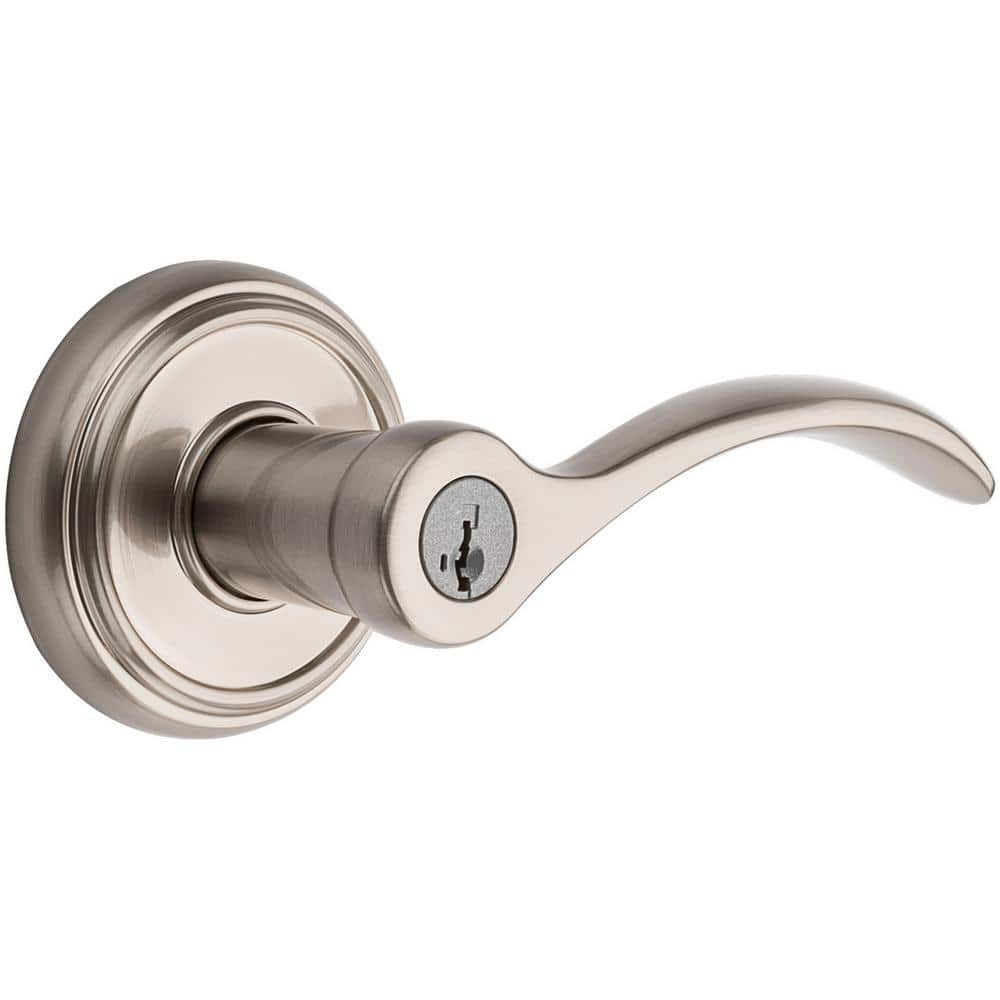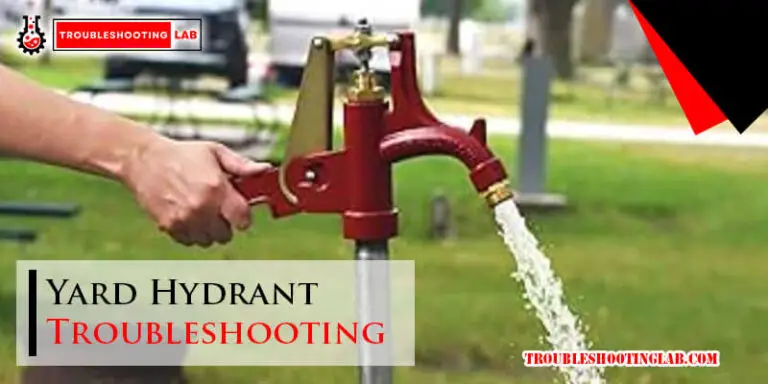Baldwin Door Knob Troubleshooting: Quick Fixes Guide
Is your Baldwin door knob giving you trouble? Whether it’s sticking, refusing to lock, or just not working as smoothly as it used to, dealing with a faulty door knob can be frustrating—and maybe even a little worrisome.
But don’t stress! You don’t need to be a locksmith or a hardware expert to get it working like new again. In this guide, we’ll walk you through simple troubleshooting steps to identify the issue and fix it quickly. By the end, you’ll feel confident tackling the problem and saving yourself the hassle (and cost) of a repair call.
Ready to get started? Let’s fix that Baldwin door knob together!
Common Issues With Baldwin Door Knobs
Baldwin door knobs are known for their style and reliability. Yet, like any hardware, they may encounter issues over time. Identifying these problems early can save time and money. Here, we’ll explore common issues with Baldwin door knobs and how to address them.
Knob Not Turning Properly
A door knob that doesn’t turn smoothly can be frustrating. This issue often arises due to dirt or debris in the mechanism. It may also result from worn-out internal parts. Check the latch and ensure it moves freely. Lubricate the internal components using a silicone-based spray. If the problem persists, inspect the knob for visible damage.
Door Not Locking Or Unlocking
If your Baldwin door doesn’t lock or unlock, the issue may lie in the latch. Misalignment between the latch and strike plate is a common cause. Tighten the screws on the strike plate to improve alignment. A faulty locking mechanism may also cause this issue. In such cases, replacing the mechanism may be necessary.
Loose Or Wobbly Knob
A loose or wobbly knob is a common problem with frequent use. It can occur due to loose screws or worn-out hardware. Check the screws holding the knob in place and tighten them. If the screws are stripped, consider replacing them. Inspect the spindle connecting the knobs for wear and replace if needed.
Key Stuck In The Lock
Keys getting stuck in the lock can be stressful. This often happens due to dirt or misaligned pins inside the lock. Apply a graphite-based lubricant to the keyhole to reduce friction. Avoid using excessive force to remove the key, as it may break. If the problem continues, consult a professional locksmith to assess the lock.

Credit: www.homedepot.com
Quick Fixes For Stuck Knobs
Dealing with a stuck Baldwin door knob can be frustrating. Fortunately, most issues can be resolved with simple fixes. Whether your knob feels stiff or won’t turn properly, these practical steps can help restore smooth operation.
Lubricating The Mechanism
Stiff or stuck knobs often result from lack of lubrication. Start by removing the knob carefully to access the internal parts. Apply a silicone-based lubricant to the moving components. Avoid using oil-based products as they can attract dirt. Turn the knob several times to distribute the lubricant evenly. Reattach the knob and test its movement.
Checking For Internal Obstructions
Debris or worn components inside the mechanism can cause sticking. Unscrew the knob and inspect the internal parts. Look for dirt, dust, or broken pieces blocking movement. Use a soft brush or cloth to clean the area. Replace damaged parts if necessary. Reassemble the knob and check its functionality.
Adjusting The Latch Alignment
A misaligned latch can prevent the knob from turning freely. Check if the latch is properly centered within the strike plate. Loosen the screws on the strike plate slightly. Adjust the position until the latch aligns correctly. Tighten the screws securely and test the knob again.
Resolving Locking Problems
Baldwin door knobs are known for their quality and durability. Yet, locking issues may arise over time. These problems can often be fixed with basic troubleshooting. Addressing these issues promptly ensures your door operates smoothly.
Inspecting The Key And Cylinder
A worn or bent key can cause locking problems. Check your key for visible damage or wear. Try using a spare key to test the lock. If the lock still doesn’t work, inspect the cylinder. Dirt or debris inside the cylinder may block smooth operation. Use a dry lubricant to clean the cylinder. Avoid using oil-based lubricants as they attract dust.
Resetting A Misaligned Lock
Misalignment between the door and the strike plate can cause locking issues. Close the door and observe if the latch aligns with the strike plate. If not, adjust the strike plate position using a screwdriver. Tighten or loosen screws to align it properly. Check if the latch moves freely into the strike plate after adjustment.
Replacing Damaged Components
Damaged internal parts can lead to locking problems. Remove the knob and inspect the internal mechanism for cracks or wear. Replace any damaged components with Baldwin-compatible parts. Ensure the replacement parts match the model of your door knob. Reassemble the knob and test the lock for proper function.
Tightening Loose Door Knobs
Loose Baldwin door knobs can cause frustration and compromise security. Fixing them is simple with the right steps. Regular maintenance ensures your knobs stay secure and functional. Follow these tips to tighten your Baldwin door knobs effectively.
Locating The Set Screws
Set screws hold the door knob securely in place. To find them, inspect the base of the knob. Most Baldwin door knobs have a small screw visible at the collar. Some may have a cover hiding the screw, which can be gently removed. Ensure the screw is not stripped or damaged.
Using The Right Tools
Use a screwdriver that fits the set screw perfectly. A mismatched tool can strip the screw, making it harder to tighten. For hex screws, an Allen wrench of the correct size works best. Turn the screw clockwise until it feels snug, but avoid over-tightening. Over-tightening can damage internal mechanisms.
Preventing Future Loosening
To keep your door knobs secure, check them periodically. Tighten any screws that feel loose before they become a problem. Apply a thread-locking adhesive to the screw for added security. Avoid slamming doors, as this can loosen the components over time. Proper care ensures your Baldwin door knobs stay functional for years.
Dealing With Key-related Issues
Key-related problems can disrupt the functionality of your Baldwin door knob. Common issues include jammed keys, worn keys, or locks needing rekeying. Understanding these challenges can help you address them effectively and ensure your door knob works smoothly.
Removing A Jammed Key
A jammed key can make operating your door knob frustrating. First, check if the key is inserted correctly. Wiggle the key gently while trying to pull it out. Avoid applying excessive force, as this could damage the lock or break the key.
If the key remains stuck, lubricate the lock with a graphite-based lubricant. Spray the lubricant into the keyhole and try to extract the key again. If the key still doesn’t budge, it may be time to consult a locksmith for professional assistance.
Rekeying The Lock
Rekeying your Baldwin lock may be necessary for security reasons. It allows you to change the lock’s internal mechanism without replacing the entire unit. This process is useful if you’ve lost a key or moved into a new space.
You can rekey the lock using a Baldwin rekeying kit. Follow the instructions provided with the kit carefully. If you’re unsure, hire a professional locksmith to ensure the job is done correctly.
When To Replace The Key
Keys can wear down over time, leading to difficulty in turning the lock. If your key feels loose or requires extra effort to operate, it may need replacing. Inspect the key for visible signs of wear or bending.
If the key is damaged, get a replacement from a trusted locksmith. Always store your spare keys securely to avoid future inconvenience. Using a worn key can damage the lock, leading to costly repairs.
Preventative Maintenance Tips
Keeping your Baldwin door knobs in top-notch condition doesn’t have to be a hassle. A little preventive care goes a long way in ensuring they function smoothly and look great for years. Let’s dive into some practical tips to keep your door knobs in their best shape.
Regular Cleaning And Lubrication
Dust and grime can build up on your door knobs over time, causing them to lose their shine and even jam. Clean them regularly using a soft cloth and mild soap. Avoid harsh cleaners—they can damage the finish.
For lubrication, use a silicone-based lubricant. Apply it sparingly to moving parts like the latch mechanism. This prevents squeaking and ensures smooth operation every time you open or close the door.
Checking For Wear And Tear
Examine your door knobs for signs of wear and tear. Look for loose screws, wobbly handles, or misaligned latches. These small issues can turn into big problems if ignored.
Fix loose screws promptly using a screwdriver. If the knob feels unusually stiff, disassemble it carefully and inspect the internal parts for damage. Replace any worn-out components to keep everything running smoothly.
Protecting Against Rust
Rust is one of the biggest enemies of metal door knobs. If your Baldwin knobs are exposed to moisture, they’re at risk. Check for early signs of rust, such as discoloration or rough spots.
To protect them, apply a thin layer of wax or rust-resistant spray. This creates a barrier against moisture. If you spot rust, gently remove it with a fine steel wool pad and reapply the protective coating.
Preventative care is all about consistency. How often do you take a closer look at your door knobs? A little attention now can save you from bigger headaches down the road.
When To Call A Professional
Sometimes, troubleshooting a Baldwin door knob can be straightforward. But certain issues demand professional expertise. Knowing when to call a locksmith can save time and prevent further problems. Professionals have the tools and experience to fix complex door knob issues efficiently. Below, learn how to identify serious problems, avoid damage, and find trusted locksmiths.
Identifying Complex Issues
Not all door knob problems are easy to fix. If the knob feels loose after tightening screws, the internal mechanism may be broken. A jammed lock that doesn’t respond to lubricants could indicate deeper issues. Misaligned parts or damaged locking systems often require professional skills. Attempting to fix such problems without proper knowledge can worsen them.
Avoiding Further Damage
DIY fixes can sometimes cause more harm than good. Forcing stuck knobs can damage internal components or the door itself. Using incorrect tools may scratch or bend delicate parts. If the lock is already faulty, experimenting can lead to complete failure. Calling a professional ensures the problem is handled safely and effectively.
Finding Reliable Locksmiths
Trustworthy locksmiths can quickly resolve Baldwin door knob issues. Look for licensed professionals with positive reviews. Experienced locksmiths specialize in handling high-quality door hardware. Reliable experts often provide warranties for their work, giving extra peace of mind. Always verify credentials before hiring to ensure quality service.

Credit: www.youtube.com

Credit: www.reddit.com
Conclusion
Troubleshooting Baldwin door knobs doesn’t have to be complicated. Start with simple checks. Tighten loose screws or clean sticky parts. Regular maintenance prevents common issues. Replace damaged components to ensure smooth operation. Always use compatible parts for lasting results. A well-functioning door knob enhances safety and convenience.
Follow these tips to keep your Baldwin door knob in great shape. With care and attention, most problems can be resolved quickly. Keep your door hardware reliable and worry-free.






